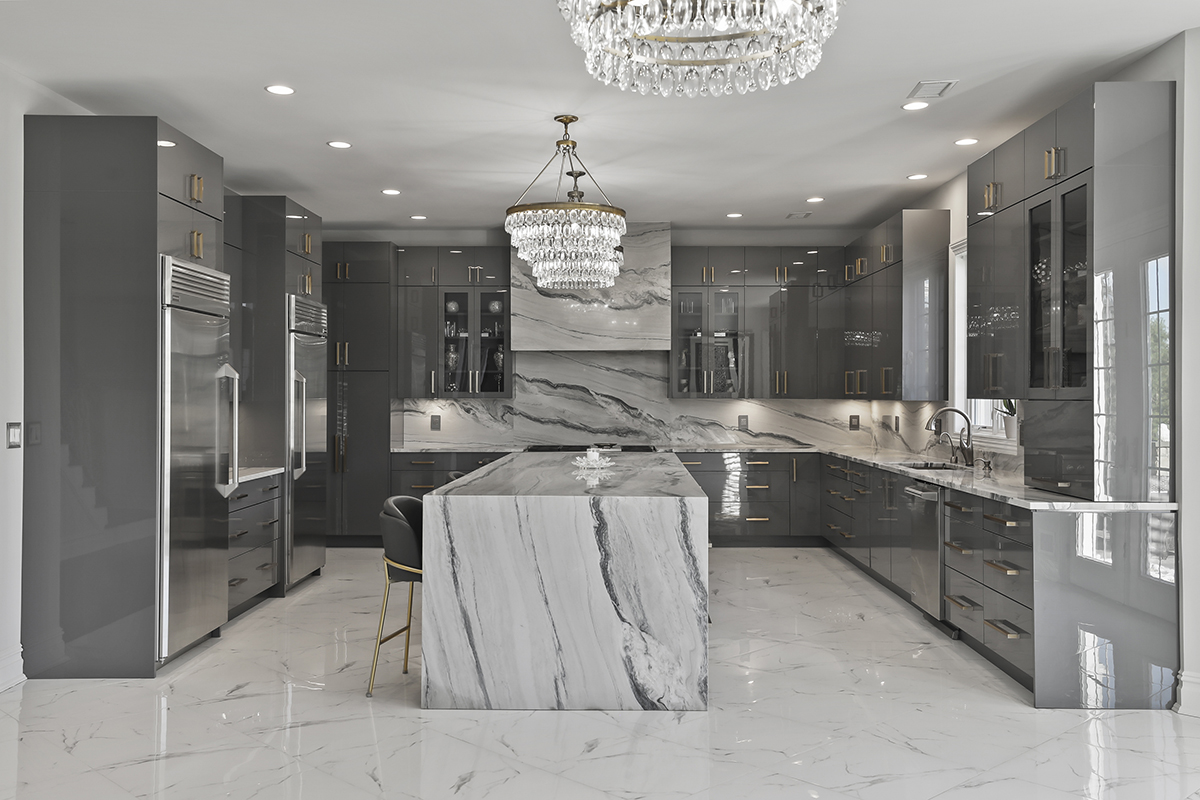Silestone Quartz Countertop Benefits and Installation Guide

Silestone quartz countertop is a durable, low-maintenance surface made from engineered quartz and other premium materials. It is valued for its strength, non-porous nature, and resistance to stains and scratches, making it a practical choice for kitchens and bathrooms. Its unique composition includes low silica content, which enhances durability while offering a wide range of styles and colors.
This countertop material combines natural quartz hardness with advanced manufacturing technology, ensuring consistent quality throughout. Many homeowners and designers appreciate the balance between aesthetic appeal and functional performance that Silestone offers.
With options that mimic natural stone like granite or marble, Silestone provides versatility in design without the drawbacks of traditional stone surfaces. Its sustainable production process also appeals to environmentally conscious consumers looking for long-lasting, stylish surfaces.
Understanding Silestone Quartz Countertop
Silestone quartz countertops combine engineered materials with innovative technology, creating surfaces known for durability and design variety. Their composition, features, color options, and how they compare to other stones define their appeal in residential and commercial settings.
What Is Silestone Quartz?
Silestone is an engineered quartz surface developed by Cosentino. It consists of about 90% natural quartz combined with resins, pigments, and recycled materials. This blend produces a strong, non-porous countertop with enhanced resistance to stains and scratches.
The manufacturing process uses patented Hybriq+ technology, which reduces crystalline silica content. This makes Silestone safer and more environmentally friendly than some comparable quartz products.
It differs from natural stone, like granite or marble, in that it is man-made, allowing for tighter quality control and consistency in color and texture.
Key Features of Silestone Quartz Countertops
Silestone countertops are known for their durability, low maintenance, and hygienic properties. The non-porous surface resists stains and bacteria, making it suitable for kitchens and bathrooms.
They are scratch-resistant and impact-resistant, which supports long-term use in high-traffic areas. Heat resistance is moderate, so use of trivets or hot pads is recommended.
Additionally, Silestone surfaces are manufactured to be brighter and smoother compared to some other quartz countertops. This gives them a polished and consistent look.
The inclusion of recycled glass and sustainable materials also makes the product more eco-conscious.
Popular Colors and Finishes
Silestone offers a wide range of colors, from natural stone looks like granite and marble to bold, contemporary shades. Their palette includes neutrals, earth tones, and vibrant colors.
Finishes are typically polished or suede (matte-like) to suit different design preferences. The polished finish emphasizes brightness and reflection, while suede provides a softer, tactile feel.
The brand regularly introduces new collections that follow current design trends, allowing for updated aesthetics in modern homes.
Comparison With Other Countertop Materials
Silestone is frequently compared to natural granite, marble, and generic quartz composites.
| Material | Composition | Durability | Maintenance | Cost |
| Silestone Quartz | ~90% quartz + resins | High (scratch/stain-resistant) | Low (non-porous, easy cleaning) | Mid to high, depending on design |
| Granite | Natural stone | High (heat resistant) | Moderate (needs sealing) | Variable, often higher |
| Marble | Natural stone | Lower (prone to staining and etching) | High (requires care) | High |
| Generic Quartz | Quartz composites | Moderate to high | Low | Typically lower than Silestone |
Silestone benefits from Cosentino’s quality control and patented technology, often positioning it as a premium quartz option. It offers more consistent aesthetics than natural stones and requires less maintenance.
Choosing and Caring for Silestone Quartz Countertop
Silestone countertops require careful selection and proper care to maximize their performance and appearance. Important considerations include choosing the right edge style and thickness, ensuring proper installation, following appropriate cleaning guidelines, and understanding the warranty coverage.
Selecting the Right Edge and Thickness
Choosing the edge profile affects both the aesthetic and practicality of the countertop. Popular edges include eased, beveled, bullnose, and ogee. The eased edge offers a clean, simple look and is easier to maintain. More decorative edges like ogee add style but can be harder to clean.
Thickness options typically range from 2 cm to 3 cm. The 2 cm slabs are lighter and suitable for most kitchen uses, though 3 cm provides added durability and a heftier appearance. Weight and cabinetry support should be considered when selecting thickness.
Installation Considerations
Professional installation is critical for maintaining Silestone’s integrity. The countertop must be supported correctly to avoid cracking, especially with heavier 3 cm slabs.
Seams should be minimized and carefully joined to preserve the surface’s uniform look. Proper leveling, secure bonding, and sealing of joints help prevent damage and moisture infiltration, though Silestone’s non-porous quality offers natural resistance to stains.
Maintenance and Cleaning Tips
Daily cleaning requires only mild soap and warm water. For routine cleaning, gentle household cleaners like Windex, Formula 409, or Lysol work well.
Stubborn stains may be treated by applying cleaner directly and letting it soak for up to 10 minutes before wiping with a non-scratch pad. Abrasive or harsh chemical cleaners, waxes, and sealants are not recommended as they can dull the surface or interfere with its natural finish.
Longevity and Warranty Coverage
Silestone quartz is made from engineered quartz and resins, which extends its durability beyond natural stone. It resists scratches, stains, and heat exposure but can be damaged by excessive force or improper care.
Warranties typically cover manufacturing defects and surface issues for 10 years, depending on the supplier. Users should review warranty terms carefully, as improper maintenance or damage from misuse may void coverage.